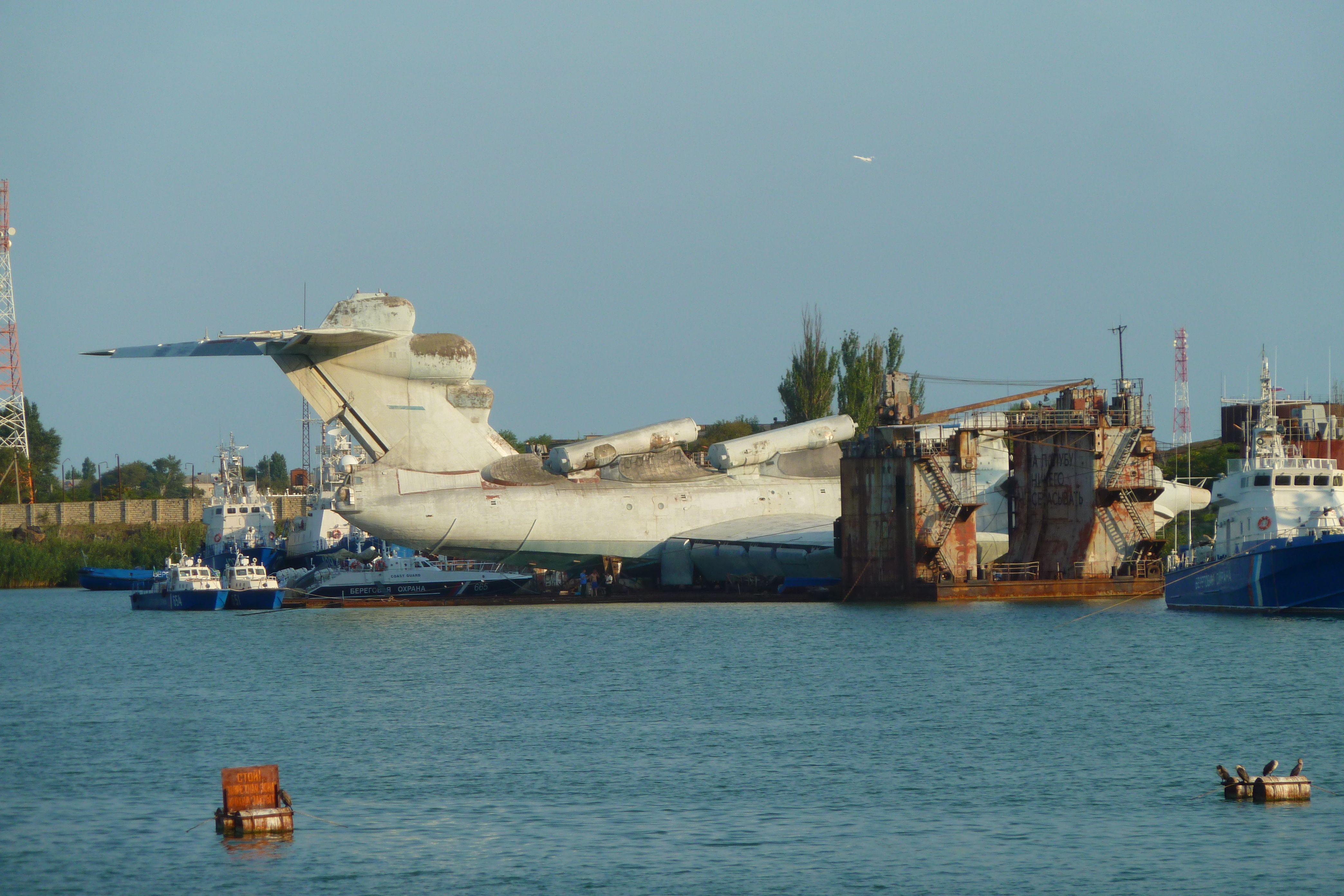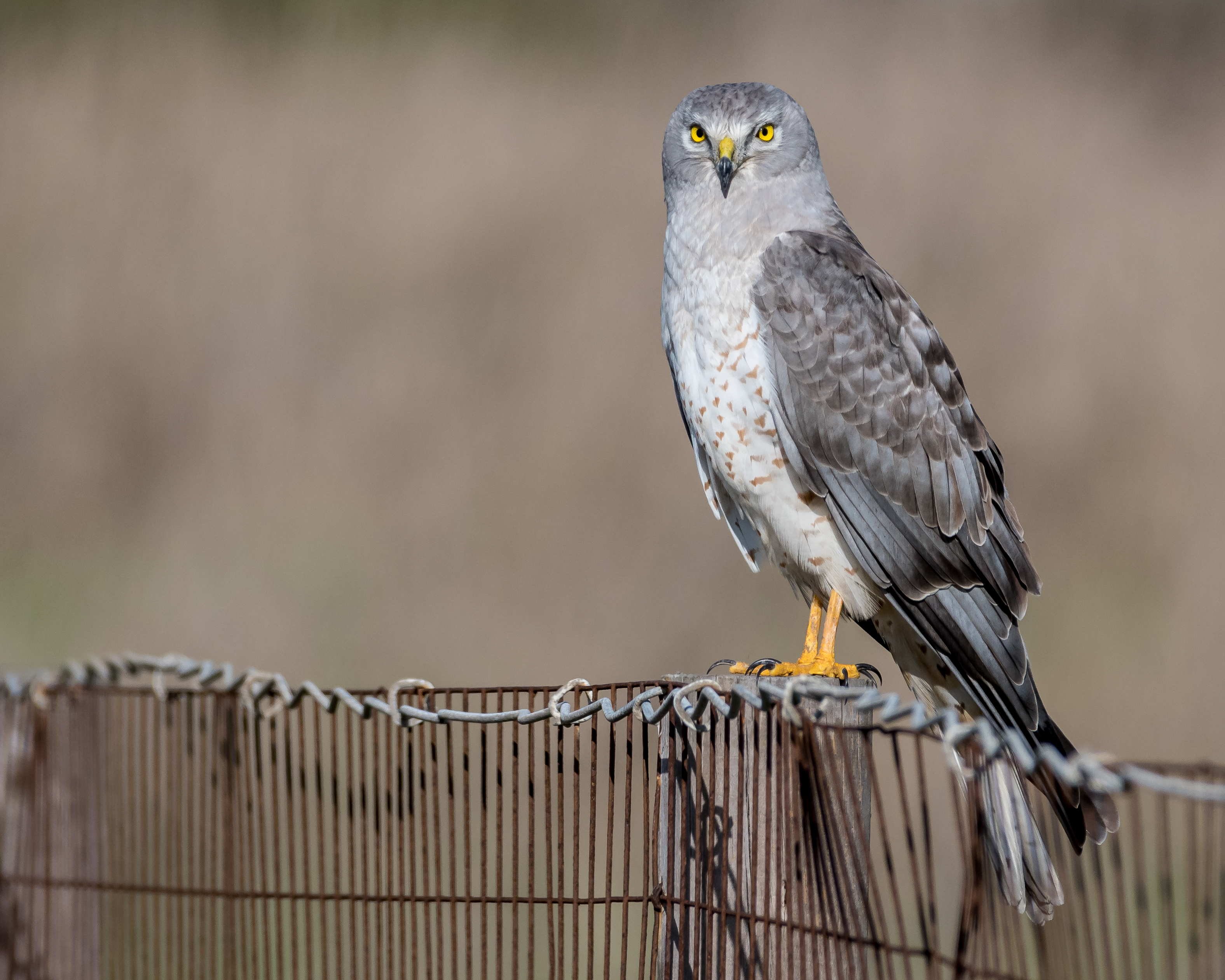|
Lun-class Ekranoplan
The ''Lun''-class ekranoplan (also called Project 903) is the only ground effect vehicle (GEV) to ever be operationally deployed as a warship. designed by Rostislav Alexeyev in 1975 and used by the Soviet and Russian navies from 1987 until sometime in the late 1990s. It flew using lift generated by the ground effect acting on its large wings when within about above the surface of the water. Although they might look similar to traditional aircraft, ekranoplans like the ''Lun'' are not classified as aircraft, seaplanes, hovercraft, or hydrofoils. Rather, crafts like the ''Lun''-class ekranoplan are classified as maritime ships by the International Maritime Organization due to their use of the ground effect, in which the craft glides just above the surface of the water. The ground effect occurs when flying at an altitude of only a few meters above the ocean or ground; drag is greatly reduced by the proximity of the ground preventing the formation of wingtip vortices, thus inc ... [...More Info...] [...Related Items...] OR: [Wikipedia] [Google] [Baidu] |
Ground Effect Vehicle
A ground-effect vehicle (GEV), also called a wing-in-ground-effect (WIG), ground-effect craft, wingship, flarecraft or ekranoplan (russian: экранопла́н – "screenglider"), is a vehicle that is able to move over the surface by gaining support from the reactions of the air against the surface of the earth or water. Typically, it is designed to glide over a level surface (usually over the sea) by making use of ground effect, the aerodynamic interaction between the moving wing and the surface below. Some models can operate over any flat area such as frozen lakes or flat plains similar to a hovercraft. Design A ground-effect vehicle needs some forward velocity to produce lift dynamically, and the principal benefit of operating a wing in ground effect is to reduce its lift-dependent drag. The basic design principle is that the closer the wing operates to an external surface such as the ground, when it is said to be in ground effect, the less drag it feels. An airfoi ... [...More Info...] [...Related Items...] OR: [Wikipedia] [Google] [Baidu] |
Hydrofoils
A hydrofoil is a lifting surface, or foil, that operates in water. They are similar in appearance and purpose to aerofoils used by aeroplanes. Boats that use hydrofoil technology are also simply termed hydrofoils. As a hydrofoil craft gains speed, the hydrofoils lift the boat's hull out of the water, decreasing drag and allowing greater speeds. Description The hydrofoil usually consists of a winglike structure mounted on struts below the hull, or across the keels of a catamaran in a variety of boats (see illustration). As a hydrofoil-equipped watercraft increases in speed, the hydrofoil elements below the hull(s) develop enough lift to raise the hull out of the water, which greatly reduces hull drag. This provides a corresponding increase in speed and fuel efficiency. Wider adoption of hydrofoils is prevented by the increased complexity of building and maintaining them. Hydrofoils are generally prohibitively more expensive than conventional watercraft above a certain disp ... [...More Info...] [...Related Items...] OR: [Wikipedia] [Google] [Baidu] |
Missile Launcher
In military terminology, a missile is a guided airborne ranged weapon capable of self-propelled flight usually by a jet engine or rocket motor. Missiles are thus also called guided missiles or guided rockets (when a previously unguided rocket is made guided). Missiles have five system components: targeting, guidance system, flight system, engine and warhead. Missiles come in types adapted for different purposes: surface-to-surface and air-to-surface missiles (ballistic, cruise, anti-ship, anti-submarine, anti-tank, etc.), surface-to-air missiles (and anti-ballistic), air-to-air missiles, and anti-satellite weapons. Airborne explosive devices without propulsion are referred to as shells if fired by an artillery piece and bombs if dropped by an aircraft. Unguided jet- or rocket-propelled weapons are usually described as rocket artillery. Historically, the word ''missile'' referred to any projectile that is thrown, shot or propelled towards a target; this usage is still r ... [...More Info...] [...Related Items...] OR: [Wikipedia] [Google] [Baidu] |
Guided Missile
In military terminology, a missile is a guided airborne ranged weapon capable of self-propelled flight usually by a jet engine or rocket motor. Missiles are thus also called guided missiles or guided rockets (when a previously unguided rocket is made guided). Missiles have five system components: targeting, guidance system, flight system, engine and warhead. Missiles come in types adapted for different purposes: surface-to-surface and air-to-surface missiles (ballistic, cruise, anti-ship, anti-submarine, anti-tank, etc.), surface-to-air missiles (and anti-ballistic), air-to-air missiles, and anti-satellite weapons. Airborne explosive devices without propulsion are referred to as shells if fired by an artillery piece and bombs if dropped by an aircraft. Unguided jet- or rocket-propelled weapons are usually described as rocket artillery. Historically, the word ''missile'' referred to any projectile that is thrown, shot or propelled towards a target; this usage is ... [...More Info...] [...Related Items...] OR: [Wikipedia] [Google] [Baidu] |
Anti-surface Warfare
Anti-surface warfare (ASuW or ASUW) is the branch of naval warfare concerned with the suppression of surface combatants. More generally, it is any weapons, sensors, or operations intended to attack or limit the effectiveness of an adversary's surface ships. Before the adoption of the submarine and naval aviation, all naval warfare consisted of anti-surface warfare. The distinct concept of an anti-surface warfare capability emerged after World War II, and literature on the subject as a distinct discipline is inherently dominated by the dynamics of the Cold War. Categories of anti-surface warfare Anti-surface warfare can be divided into four categories based on the platform from which weapons are launched: * Air (or aviation): Anti-surface warfare conducted by aircraft. Historically, this was conducted primarily through level- or dive-bombing, strafing runs or air-launching torpedoes (and in some cases by suicide attacks). Today, air ASuW is generally conducted by stand-off att ... [...More Info...] [...Related Items...] OR: [Wikipedia] [Google] [Baidu] |
Flying Boat
A flying boat is a type of fixed-winged seaplane with a hull, allowing it to land on water. It differs from a floatplane in that a flying boat's fuselage is purpose-designed for floatation and contains a hull, while floatplanes rely on fuselage-mounted floats for buoyancy. Though the fuselage provides buoyancy, flying boats may also utilize under-wing floats or wing-like projections (called sponsons) extending from the fuselage for additional stability. Flying boats often lack landing gear which would allow them to land on the ground, though many modern designs are convertible amphibious aircraft which may switch between landing gear and flotation mode for water or ground takeoff and landing. Ascending into common use during the First World War, flying boats rapidly grew in both scale and capability during the interwar period, during which time numerous operators found commercial success with the type. Flying boats were some of the largest aircraft of the first half of the 2 ... [...More Info...] [...Related Items...] OR: [Wikipedia] [Google] [Baidu] |
Canard (aeronautics)
In aeronautics, a canard is a wing configuration in which a small forewing or foreplane is placed forward of the main wing of a fixed-wing aircraft or a weapon. The term "canard" may be used to describe the aircraft itself, the wing configuration, or the foreplane.. Canard wings are also extensively used in guided missiles and smart bombs. The term "canard" arose from the appearance of the Santos-Dumont 14-bis of 1906, which was said to be reminiscent of a duck (''canard'' in French) with its neck stretched out in flight. Despite the use of a canard surface on the first powered aeroplane, the Wright Flyer of 1903, canard designs were not built in quantity until the appearance of the Saab Viggen jet fighter in 1967. The aerodynamics of the canard configuration are complex and require careful analysis. Rather than use the conventional tailplane configuration found on most aircraft, an aircraft designer may adopt the canard configuration to reduce the main wing loading, to better ... [...More Info...] [...Related Items...] OR: [Wikipedia] [Google] [Baidu] |
Turbofan
The turbofan or fanjet is a type of airbreathing jet engine that is widely used in aircraft engine, aircraft propulsion. The word "turbofan" is a portmanteau of "turbine" and "fan": the ''turbo'' portion refers to a gas turbine engine which achieves mechanical energy from combustion, and the ''fan'', a ducted fan that uses the mechanical energy from the gas turbine to force air rearwards. Thus, whereas all the air taken in by a turbojet passes through the combustion chamber and turbines, in a turbofan some of that air bypasses these components. A turbofan thus can be thought of as a turbojet being used to drive a ducted fan, with both of these contributing to the thrust. The ratio of the mass-flow of air bypassing the engine core to the mass-flow of air passing through the core is referred to as the bypass ratio. The engine produces thrust through a combination of these two portions working together; engines that use more Propelling nozzle, jet thrust relative to fan thrust are ... [...More Info...] [...Related Items...] OR: [Wikipedia] [Google] [Baidu] |
Caspian Sea Monster
The KM (Korabl Maket) (Russian: Корабль-Макет, literally "Ship-maquette" or "Model-Ship"), known colloquially as the Caspian Sea Monster, was an experimental ground effect vehicle developed in the Soviet Union in the 1960s by the Central Hydrofoil Design Bureau. The KM began operation in 1966, and was continuously tested by the Soviet Navy until 1980 when it crashed into the Caspian Sea. The KM was the largest and heaviest aircraft in the world from 1966 to 1988, and its surprise discovery by the United States and the subsequent attempts to determine its purpose became a distinctive event of espionage during the Cold War. Design and development The KM was an experimental aircraft developed from 1964 to 1966, during a time when the Soviet Union saw interest in ground effect vehicles—airplane-like vehicles that use ground effect to fly several meters above surfaces, primarily bodies of water (such as the Caspian Sea). It was designed at the Central Hydrofoil Des ... [...More Info...] [...Related Items...] OR: [Wikipedia] [Google] [Baidu] |
Harrier (bird)
A harrier is any of the several species of diurnal hawks sometimes placed in the subfamily Circinae of the bird of prey family Accipitridae. Harriers characteristically hunt by flying low over open ground, feeding on small mammals, reptiles, or birds. The young of the species are sometimes referred to as ring-tail harriers. They are distinctive with long wings, a long narrow tail, the slow and low flight over grasslands and skull peculiarities. The harriers are thought to have diversified with the expansion of grasslands and the emergence of grasses about 6 to 8 million years ago during the Late Miocene and Pliocene. Taxonomy The genus ''Circus'' was introduced by the French naturalist Bernard Germain de Lacépède in 1799. The type species was subsequently designated as the western marsh harrier. Most harriers are placed in this genus. The word ''Circus'' is derived from the Ancient Greek ''kirkos'', referring to a bird of prey named for its circling flight (''kirkos'', "c ... [...More Info...] [...Related Items...] OR: [Wikipedia] [Google] [Baidu] |
Russian Language
Russian (russian: русский язык, russkij jazyk, link=no, ) is an East Slavic languages, East Slavic language mainly spoken in Russia. It is the First language, native language of the Russians, and belongs to the Indo-European languages, Indo-European language family. It is one of four living East Slavic languages, and is also a part of the larger Balto-Slavic languages. Besides Russia itself, Russian is an official language in Belarus, Kazakhstan, and Kyrgyzstan, and is used widely as a lingua franca throughout Ukraine, the Caucasus, Central Asia, and to some extent in the Baltic states. It was the De facto#National languages, ''de facto'' language of the former Soviet Union,1977 Soviet Constitution, Constitution and Fundamental Law of the Union of Soviet Socialist Republics, 1977: Section II, Chapter 6, Article 36 and continues to be used in public life with varying proficiency in all of the post-Soviet states. Russian has over 258 million total speakers worldwide. ... [...More Info...] [...Related Items...] OR: [Wikipedia] [Google] [Baidu] |




_(9256079273).jpg)


